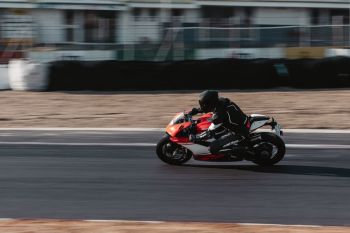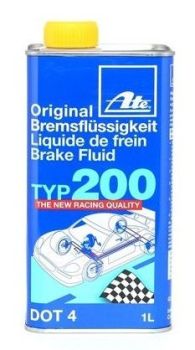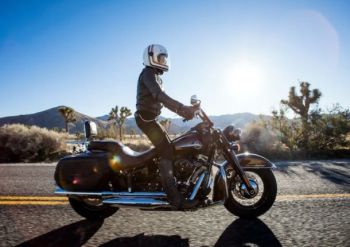What Makes Motorcycle Maintenance Similar to F1 Maintenance
Posted on
Your motorbike is nothing like an F1 vehicle in terms of speed and performance. However, you can learn a thing or two from F1 maintenance and apply the same principles to your bike. 
Whether you are a street racer or a casual rider, your motorbike can take a beating from the elements and from frequent use. Much like F1 cars, your motorbike requires high levels of maintenance in order to perform optimally. Here’s what you can take from F1 maintenance and apply to your motorcycle:
1. Check for tire integrity
F1 tires are designed to allow for extreme gripping and durability during high-speed races. F1 teams take tire management seriously. Before a race, they will need to choose the right set of tires and check if they are at the proper pressure.
Even on two wheels, you can never remove tire maintenance from the equation. For bikes that run on 1,000cc engines, you need to make sure your tires can withstand accelerated wear and tear. For this, it’s important to check if there are any flat spots on each tire.
If you are a casual rider, you can choose between soft and medium tires that work well in inclement weather. If you are taking the circuit, you will need good quality tires that are within regulation.
F1 tires are known for their nylon and polyester construction, so consider shopping for motorcycle tires that are reinforced by these materials.
2. Test for performance
The performance of your bike mainly relies on how balanced it is during different riding scenarios. Maintaining an F1 car also revolves around this principle.
F1 circuits consist of low and mid-speed turns. Engaging these turns successfully relies on handling, but a great deal of it depends on a number of factors, including engine performance, aerodynamic balance, chassis integrity, and suspension performance. Neglecting these factors will only increase the chances of oversteering during a sharp turn.
In the same way, you need to check if your motorbike is also prepared for the demands of the streets. Whether you are casually going to work or joining a local MotoGP event, it's essential to check every aspect of your bike. Pay close attention to the engine, braking system, and suspensions
Consider going on a test drive first and check if anything feels "off". If the ride doesn’t feel smooth, perhaps you need to change the brake fluid and check for wear and tear on the suspension components.
3. Check fluid levels Due to the demands of F1 racing, F1 cars require an oil and coolant change after or before a race. When it comes to checking fluid levels on your motorcycle, pay attention to the coolant and lubricant needs of your bike.
Consider replacing the coolant every three years. If you are participating in a race, you may have to do a replacement afterward. For lubricant levels, your crew will need to add lubricant when you arrive at the pit stop. For non-racing scenarios, make it a habit to check lubricant levels once a month.
Bonus: Add modifications
Consider giving your bike a full paint job with custom decals to match. To brighten up your bike, consider shopping for glow kits and adding a LED underglow on your bike. As long as your ride is cleared for street use, you can go all-out in painting your MotoGP.
If you like to take the fast lane with your motorcycle, then there’s definitely a lot you can learn from F1 racers and pit crews.
article supplied





